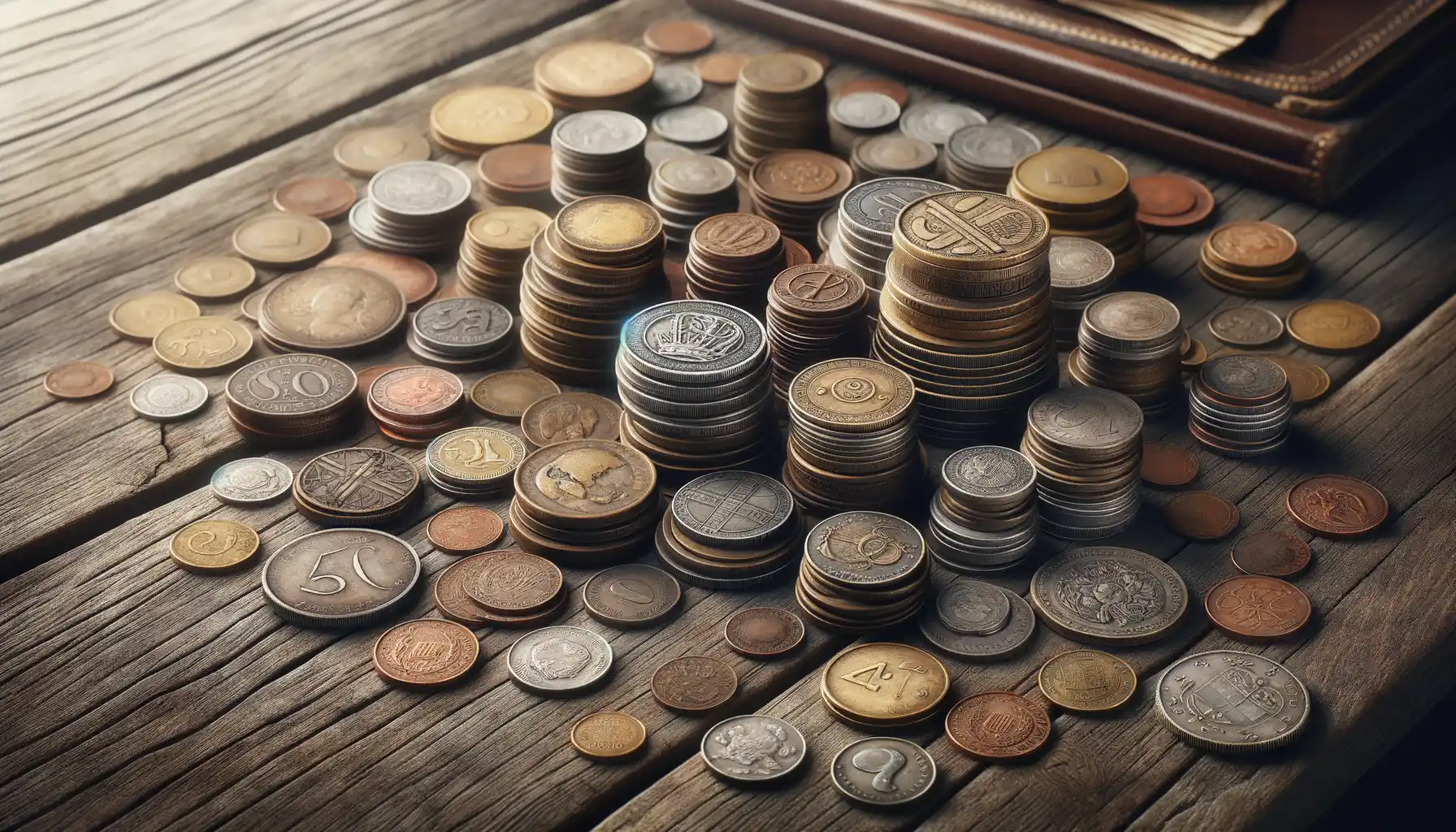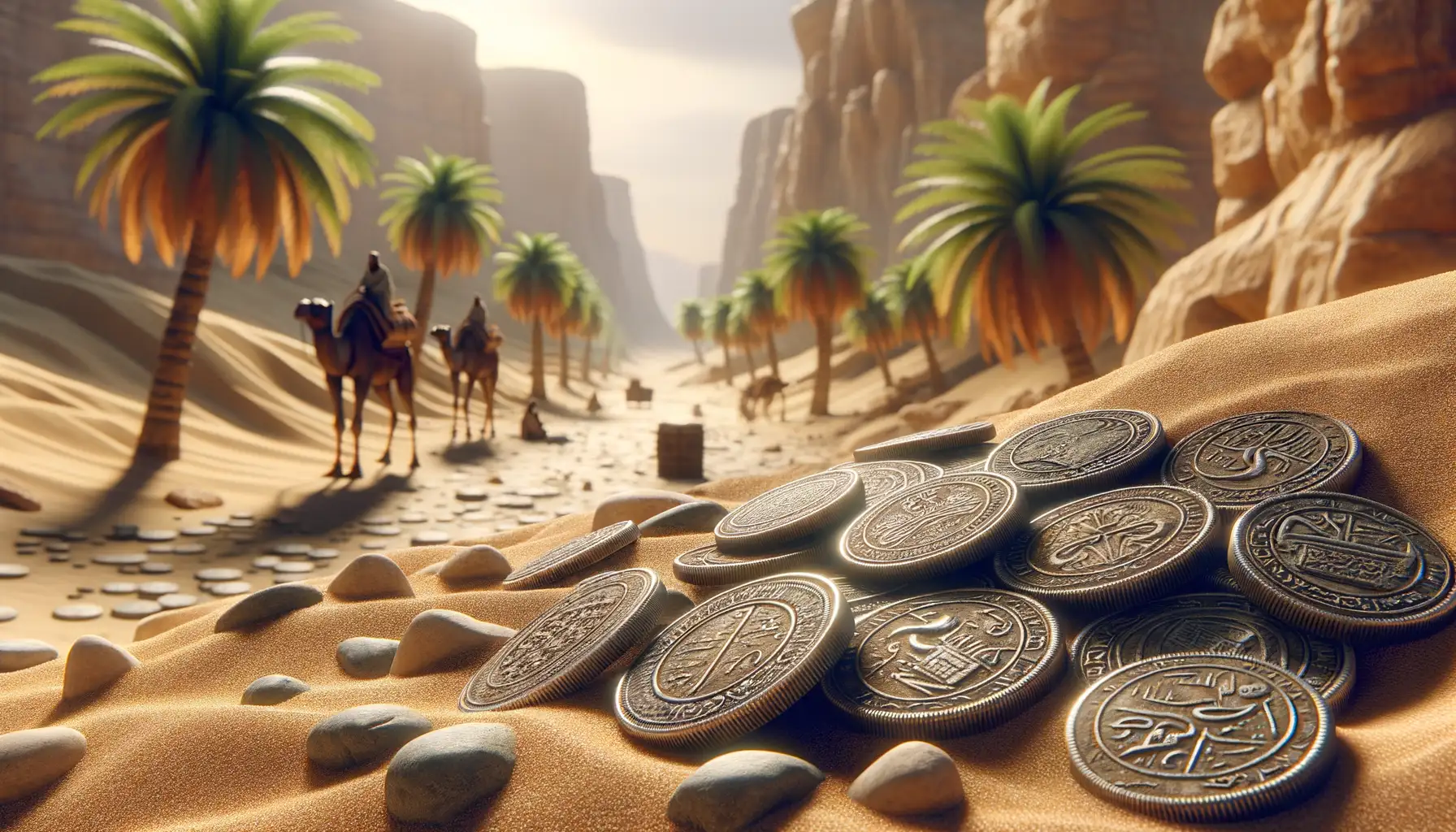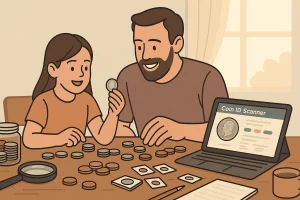Historical Significance of Coins in Maritime Trade
Coins as Silent Witnesses of Maritime Adventures
Coins carry with them stories of salty sea breezes, daring voyages, and bustling harbors packed with merchants shouting in a dozen different languages. In the world of maritime trade, they weren’t just currency—they were passports to progress. Take, for example, a single Roman denarius found buried in the sands of India’s Malabar Coast. What tale does it tell? Likely one of Roman merchants braving the monsoon winds to trade fine wine for Indian spices.
These small, metallic discs served as undeniable proof of trust in a time when paper contracts simply didn’t exist. Coins bridged cultures. A Kushan drachma once clinked alongside Greco-Roman coins in a Chinese trader’s purse, bearing witness to the Silk Road spilling into maritime lanes.
- Functionality: Coins could endure saltwater, unlike fragile trade goods like paper or cloth.
- Universality: Their designs—ships, kings, gods—spoke a language understood across oceans.
How Ancient Coins Mapped Trade Networks
The discovery of ancient coins along shores and shipwrecks is like unwinding threads of history. A single coin can redraw a map, proving that Arab sailors reached Southeast Asia centuries before textbooks claimed. How extraordinary is it that a Portuguese coin from the Age of Exploration might be unearthed in East Africa, bridging continents through trade? Historians see these coins not just as currency but as breadcrumbs left by fearless explorers navigating the unknown.
Coins as a Medium of Exchange and Store of Value

The Magic of Coins in Everyday Trade
Imagine a bustling port, the salty breeze carrying shouts of merchants haggling over exotic spices, silk, and precious gems. Amid this chaos, coins—small, unassuming pieces of metal—become the silent heroes. They slip between hands, bridging languages, cultures, and continents. But why are these cold, clinking objects so powerful?
Coins served as the great equalizer. Whether you were a Greek sailor trading fine olive oil or a Chinese merchant exchanging porcelain, coins provided common ground—a universal handshake without words. Their weight, their metallic glint, and even their intricate engravings whispered promises of true value. Unlike bartering sacks of grain or rolls of fabric, coins were compact, durable, and easy to carry across unpredictable seas.
- Durability: Coins resisted the elements and stood the test of time, surviving shipwrecks and storms.
- Portability: A pouch of silver could buy provisions for a journey halfway across the globe.
- Uniformity: The standardized designs on coins brought trust and familiarity, even in foreign harbors.
Preserving Wealth Across Oceans
Beyond fueling trade, coins became a merchant’s safety net—a tangible store of wealth in uncertain times. Picture a trader returning from distant shores, their satchel heavy with coins stamped by foreign emperors or kings. Each one told a story, not only of wealth but of resilience. Passing on such coins wasn’t just business—it was personal. These treasures represented months or years of perilous travel, risk, and reward.
Even today, unearthed coins along ancient maritime routes surprise us with their astonishing journeys. A Roman denarius found on India’s Malabar Coast or a Chinese cash coin unearthed in East Africa reveals a map of ambition, ingenuity—and the enduring power of what fits in your pocket.
Discovery of Coins Along Ancient Trade Routes

Uncovering Lost Treasures Beneath the Sands
Imagine this: a weathered coin, etched with faint patterns, slipping through your fingers. Once, it jingled in the purse of a trader braving the high seas, exchanging silk for spices or gold for ivory. Today, that same coin whispers untold stories of bustling bazaars and windswept ports. Along ancient trade routes, these small metallic disks have become breathtaking windows into history, unearthed by archaeologists like forgotten breadcrumbs.
In the dry deserts of Arabia or the muddy depths of shipwrecks off India’s Malabar Coast, coins emerge like shimmering clues. They aren’t just currency; they tell us which empires ruled, which religions flourished, and how far humanity dared to connect. Maritime routes like the Silk Road’s watery veins carried not just goods but also embossed identities—*Roman denarii*, *Chinese cash coins*, and *Persian drachms* all parked in unexpected soils.
- A hoard of Byzantine coins found near Sri Lanka reveals thriving Greek tradeships.
- Arabic dirhams discovered in Viking burial sites speak of improbable exchange.
Each find feels personal, doesn’t it? You’re not just holding money—you’re holding a handshake across centuries, relics of adventure and ambition.
Impact on Economic and Cultural Exchange

The Ripple Effect of Coins on Regional Economies
Coins weren’t just shiny bits of metal exchanged for goods—they were the lifeblood pumping through ancient maritime trade routes, igniting economic revolutions in their wake. Think about it: when a silver coin minted in Athens showed up in bustling Indian ports, it wasn’t just currency; it carried whispers of Greek markets and Athenian craftsmanship.
These coins didn’t just grease the wheels of commerce—they inspired trust. Traders knew that a coin embossed with the image of an emperor or king meant guaranteed value. A single coin could finance a shipload of spices from Southeast Asia or enable large-scale purchases of silk from China. Alongside trade, these glowing discs connected financial ecosystems across distant shores.
- Introduced unified measures of value, replacing chaotic barter systems.
- Enabled merchants to plan investments and calculate profits with precision.
- Fostered international credit and debt systems, centuries before banks existed!
An Unscripted Cultural Dialogue
But here’s where it gets fascinating: coins weren’t mute bystanders. They spoke volumes! The inscriptions, art, and symbols etched onto them created silent bridges of cultural exchange. An Egyptian hieroglyph landing in Roman hands became a lesson in foreign mystique, while Persian motifs spreading to Greece subtly influenced its artwork.
More profoundly, coins acted as ambassadors of identity. A Kushan coin inscribed in Greek and Bactrian symbolized a crossroads of civilizations, showing how empires honored diversity within their borders. These tiny artifacts carried stories, values, and even propaganda from one culture to another. Imagine holding one—a little time capsule of ancient ambition and ingenuity buzzing in your hand!
Modern Studies and Archeological Insights

Uncovering Secrets Beneath the Waves
Imagine a handful of ancient coins lying silent and undiscovered beneath the ocean’s surface. These tiny, weathered artifacts hold stories that archaeologists now bring surging back to life. Today’s cutting-edge science has transformed how we study coins found along historic maritime trade routes. With tools like 3D laser scanning and X-ray fluorescence analysis, researchers can unveil secrets etched into every groove—trade alliances, political shifts, even counterfeit warning signs.
But the real magic? It’s piecing together the human element. A Roman denarius found off the coast of India tells us ships weren’t just carrying spices; they were bridging worlds. The corroded coins of Silk Road traders whisper tales of long and risky sea voyages, barter deals struck under starry skies, and the relentless pursuit of riches.
- Isotope analysis reveals where the metals originated, connecting far-flung mining regions to bustling ports.
- Digital reconstruction recreates coinage shattered by centuries underwater, opening a window into forgotten economies.
Every discovery is an emotional reunion with the past—as if these coins were waiting for us to finally listen. And listen, we do.



